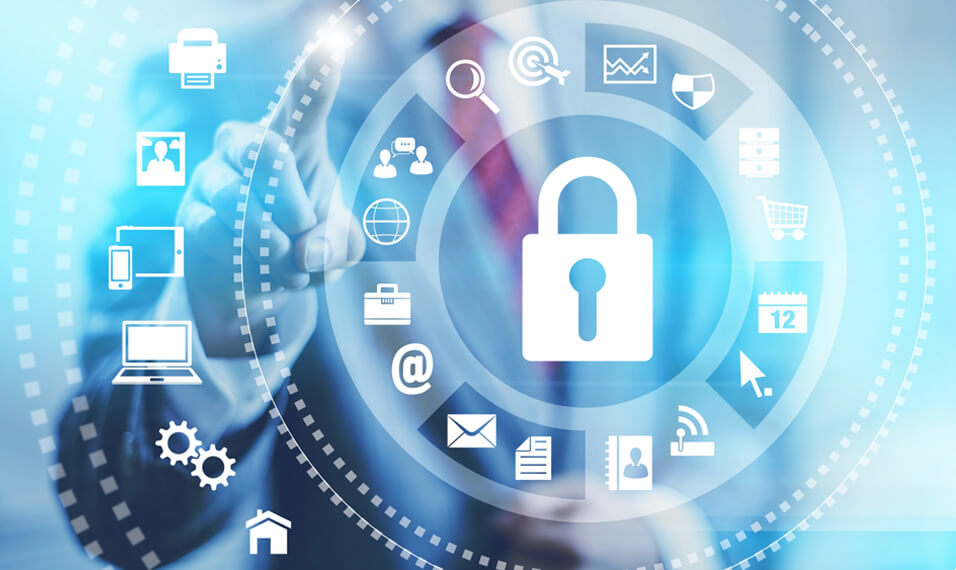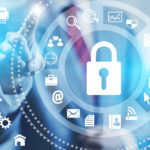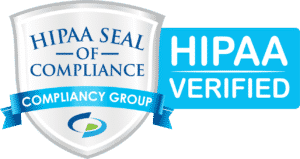When it comes to cybersecurity, employee training is a step that many employers neglect or undervalue. Too many companies think that installing a suite of antivirus and anti-malware software is enough to protect them from malicious attackers, but in the world of phishing scams and social engineering attacks that just isn’t enough. Uneducated and untrained employees can be the largest security loophole in your business.
The Importance of A Layered Security Approach
Because there are security threats that come at you from all angles, it is important to layer multiple security precautions, ensuring you are covering every gap. A good cybersecurity approach is not a single solution, but a strategic coordination of security software, policy, planning, and training. Once trained, your employees can become another vigilant layer of defense against hackers—and an adaptable one at that. Consistently training your team on good cybersecurity hygiene is the first step towards making security an integral part of your company culture.
Cybersecurity tips to share with your employees:
1. Be careful where you click.
Fake or malicious websites and apps (or legitimate ones that have been hacked by criminals) can jeopardize your device and its data. These sites can install malicious software onto your device if you visit them or perhaps click on the sites’ links.
2. Don’t get caught by phishers.
Phishing is when you get an email or a social media message that looks like it’s coming from a legitimate place, asking you to do something. If you click on a link in the message, you’re taken to a website that looks legitimate but could be run by criminals trying to trick you into signing in with your username and password so they can capture that information.
3. Be smart about passwords.
Having strong passwords and changing them periodically is fundamental to your and everybody’s security. Don’t use the same password on all sites. If you need help remembering lots of passwords changed often, you can use password management software to remember and enter your passwords for you.
4. Keep software & apps up to date.
Regardless of whether you’re using a computer or a mobile device, it’s essential to keep your mobile and PC operating systems and your apps and software current. It’s not uncommon for companies to discover security flaws and vulnerabilities that they fix with updates.
5. Be careful before downloading.
Be very careful when installing apps and if you’re asked to download a plug-in, document, or application, such as to watch a video. Sometimes these downloads contain malicious code. Most videos don’t require software that’s not already on your device. If you think you need a plug-in or an app, do a little research to make sure it’s legitimate.
6. Consider using extra authentication.
Some sites and services now offer dual- or multi-factor authentication to reduce the chance of unauthorized access. This typically requires an extra step, but it’s more secure. It usually means entering a code that’s sent to your mobile phone or clicking on a mobile phone app to verify that it’s you. You have to have the phone with you to get in, which reduces the chance of an intruder logging in as you.
7. Don’t let your kids use the computers you store important information on.
Kids have notoriously bad browsing habits. They are more susceptible to click on pop up ads that can lead them to malicious sites or download apps or games that have malware worked into them. It’s best to keep them off a device that has valuable information.
8. Remember, if it’s too good to be true, it probably is.
Be wary of attractive offers such as the chance to watch or download a movie for free, free music from untrusted sources, or free “keys” to unlock codes for software that usually isn’t free. While some artists do offer free tracks on their official sites and movie company’s’ free trailers, be suspicious of free offers, especially if they’re not on the official website of the content owner. There is a lot of free shareware or open-source software, but download it from a known reputable site such as Download.com or SoundForge.com that scans for malicious programs.
9. Use secure Wi-Fi.
Be sure that your home network uses encryption and a password to prevent others from accessing it and be careful when using Wi-Fi at coffee shops, airports, and other public places. Only sign into known networks (like those operated by the establishment) and, because public networks are often less secure than private ones, avoid banking or shopping or doing anything highly confidential when using public Wi-Fi.
10. Make sure you are regularly backing up your data.
Even if you are doing everything right, there is still a risk that you can fall victim to a cyberattack. Backing up your data allows you to recover most of your information and lessen the blow of the attack.
We hope these tips help educate and safeguard your employees, but it is only the first of many steps towards a more complete approach to cybersecurity. The most efficient way for a business to implement a robust and reliable cybersecurity initiative is to talk with an IT professional. Our job is to help you analyze your risks, identify what information might be targeted, and educate your team on safety. We can help you find the best solutions to secure your information.










